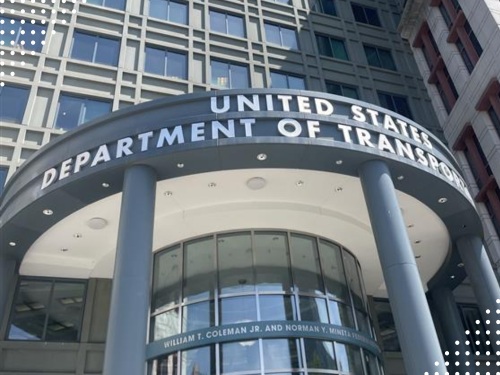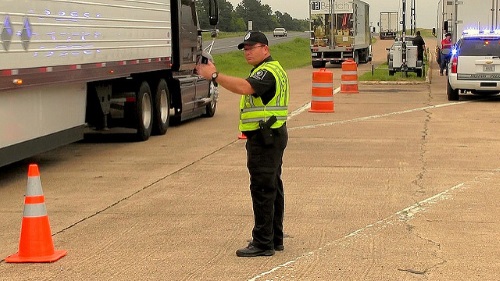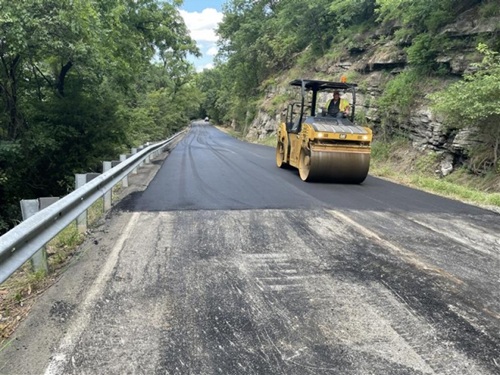A new report issued by the National Academies of Sciences, Engineering, and Medicine on Nov. 28 presents what the group calls a “research roadmap” to address “gaps and uncertainties” in estimating the impacts of proposed changes in truck size and weight limits.
[Above photo by Arkansas DOT.]
The Federal Highway Administration tasked the National Academies to develop a plan for a research program to reduce uncertainties in estimates of the impacts of changes to those limits, and the group said in a statement that its report defined a program of 27 research projects focused on pavements, bridges, safety, commercial vehicle enforcement, and a way to analyze the decisions by shippers to transport freight by truck, rail, or other modes.
The 11-member committee that carried out the study for the National Academies included two representatives from state departments of transportation: Susan Hida, assistant state bridge engineer with the California Department of Transportation, and Michael Tooley, director of the Montana Department of Transportation.

The committee’s report identified seven core research tracks, each made up of one or several projects, that have a “good probability of producing useful results” regarding truck size and weight limit evaluations – estimating that this “core program” could be completed within four to six years for a cost ranging between $4 million and $6 million. Those core research tracks are:
- Development of a truck traffic, weight, and configuration database from nationwide weigh-in-motion installations and other sources.
- Development of a “freight market model” for estimating the effect of changes in truck size and weight regulations on choice of freight mode and truck size by shippers
- Development of pavement analysis methods for heavier axle limits, multi-axle groupings, and alternative tire and suspension types.
- Development of a model of the relationship of bridge deterioration and service life to vehicle loads.
- Comparative evaluations of crash risks of alternative configurations based on traffic and crash data.
- Development of protocols for evaluating the performance of configurations with simulation, track testing, and field trials.
- Measurement of relationships between frequency of overloads and enforcement methods and level of effort.
The committee also concluded that a targeted research program, plus improvements to data systems would “strengthen the federal and state governments’ capabilities to project impacts of changes in truck regulations.” Of equal importance, the research could reveal opportunities to improve safety and productivity and control highway costs, regardless of whether truck size and weight limits are changed, it said.
 Nation
Nation


